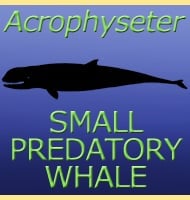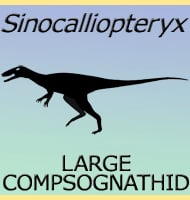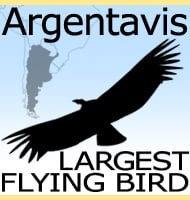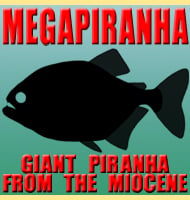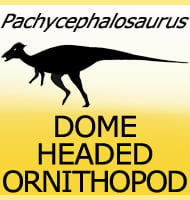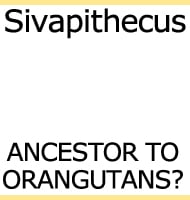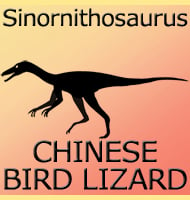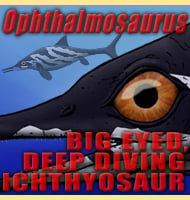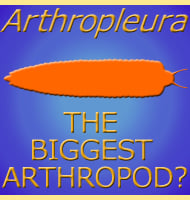In Depth
Drinker might sound like an odd name for a dinosaur, but this dinosaur is named after Edward Drinker Cope, a man who in the late nineteenth century who made many of the most important discoveries in American paleontological history during that time. Most of this is derived from Cope’s involvement in the ‘Bone Wars’, a fierce rivalry between Cope and another naturalist named Othniel Charles Marsh. Marsh also had a dinosaur named after him called Othnielia, and later another called Othnielosaurus (based heavily upon fossils previously assigned to Othnielia), and in a quirk of history, Drinker, Othnielia and Othnielosaurus were very similar dinosaurs to one another. The type species name of Drinker, D. nisti is named after NIST, the National Institute of Standards and Technology.
Subsequent discussions about Drinker have noted the broad foot of this dinosaur, which may have been an adaptation to living in a wetland environment, something that has been indicated by plant fossils of marsh vegetation, as well as teeth of lungfish. In addition to this some specimens of Drinker have been located in pods, which have been interpreted by Robert Bakker as possible burrowing behaviour by this dinosaur. While rare, burrowing in dinosaurs is known, with the most commonly cited example being the genus Oryctodromeus.
Further Reading
– A new latest Jurassic vertebrate fauna, from the highest levels of the Morrison Formation at Como Bluff, Wyoming. Part IV. The dinosaurs: A new Othnielia-like hypsilophodontoid. - Hunteria 2(6): 8-14. - Robert Bakker, Peter Galton, James Siegwarth & James Filla - 1990. - A new latest Jurassic vertebrate fauna, from the highest levels of the Morrison Formation at Como Bluff, Wyoming, with comments on Morrison biochronology. Part I. Biochronology. - Hunteria 2(6):1-3. - Robert Bakker - 1990. - Dinosaur mid-life crisis: the Jurassic-Cretaceous transition in Wyoming and Colorado Robert Bakker. - In Lower and Middle Cretaceous Terrestrial Ecosystems. New Mexico Museum of Natural History and Science Bulletin 14. New Mexico Museum of Natural History and Science. pp. 67–77. - S. G. Lucas, J. I. Kirkland & J. W. Estep - 1997. - Teeth of ornithischian dinosaurs (mostly Ornithopoda) from the Morrison Formation (Upper Jurassic) of the western United States - Peter M. Galton - In, Horns and Beaks: Ceratopsian and Ornithopod Dinosaurs. Indiana University Press: Bloomington - Kenneth Carpenter (ed) - 2007.

